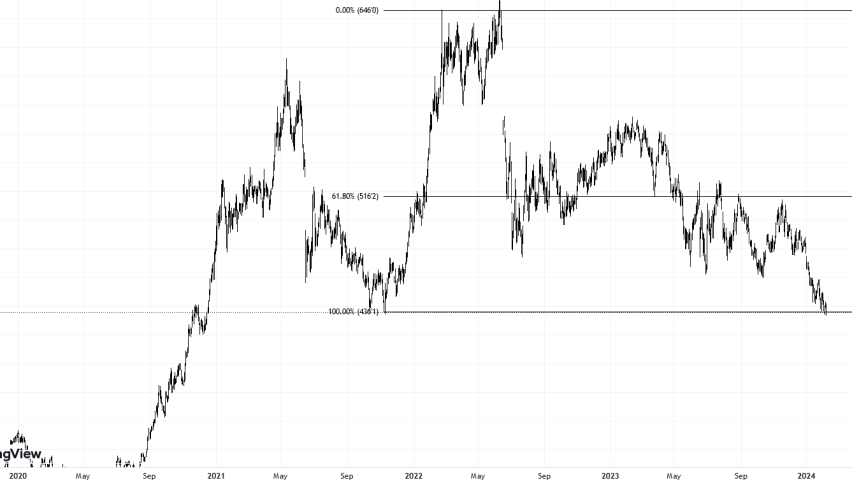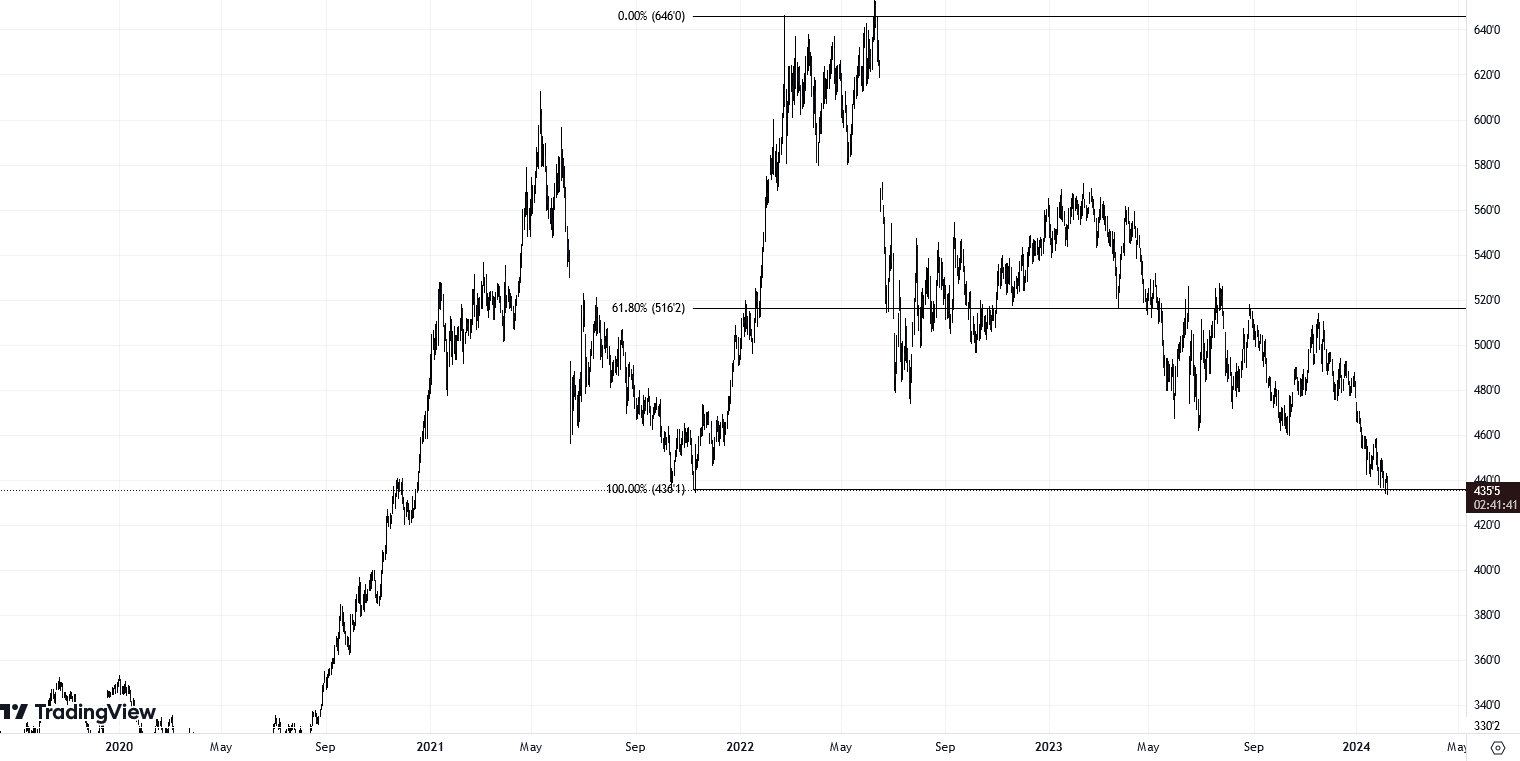Soybeans experience another drop, worsening LATAM’s outlook.
The decline in soybean prices from $650 to $435 per ton crucially affects LATAM's economy, heavily reliant on soybean exports.

Soybeans experience another 1.5% drop: Brazil, Argentina, and Paraguay are can be affected
Soybeans rank among the top 3 exports for these countries, with fiscal outcomes heavily reliant on agricultural commodity exports.

After peaking at $650 in 2022 due to the Russo-Ukrainian conflict, soybeans plummet to $435 per ton presently. This is crucial for LATAM since soy constitutes Argentina and Paraguay’s primary export and Brazil’s third.
The production and export of soybeans often constitute a significant portion of the Gross Domestic Product (GDP) of the mentioned Latin American countries
The demand for soybeans is primarily driven by countries like China, which uses soybeans for both animal and human consumption, as well as for the production of soybean oil and other derivative products.
The revenues generated from soybean exports are necessary for domestic economies, whether through investments in infrastructure, education, or social programs. This holds especially true in countries like Argentina.
The slowdown of the Chinese economy has been a matter of global interest and concern lately. Over the past decades, China has experienced extraordinary economic growth, becoming one of the world’s leading economic powers. However, in recent years, a deceleration in its growth rate has been observed.
The second-largest economy in the world grapples with a multitude of challenges. These encompass a record decline in real estate, mounting debt, a declining birthrate, and a shrinking workforce.
An additional significant factor fueling the ongoing bear market in the Chinese stock market is the worsening of relations with the United States and the broader West. In recent years, tensions between China and Western nations have intensified due to China’s heightened assertiveness in economic and military expansion efforts.
Significant differences are evident between the major financial hubs in the West and Asia. While the S&P 500, a key index in the United States, is achieving record levels, the Shanghai Shenzhen CSI 300 is close to its lowest point in 5 years.
Indeed, within merely three years, Chinese stocks have plummeted by around $6 trillion, roughly double the annual economic output of Britain.
China’s diminishing demand for soybeans amidst its phase of sluggish growth will significantly impact Latin America, particularly its economy.
- Check out our free forex signals
- Follow the top economic events on FX Leaders economic calendar
- Trade better, discover more Forex Trading Strategies
- Open a FREE Trading Account


